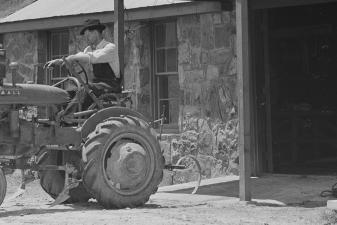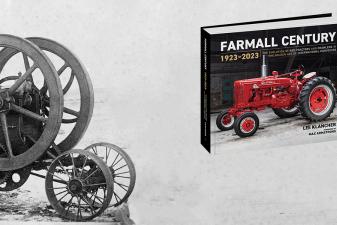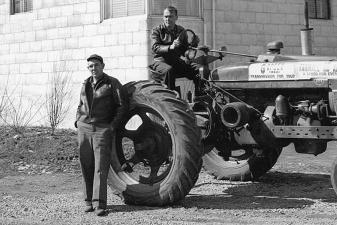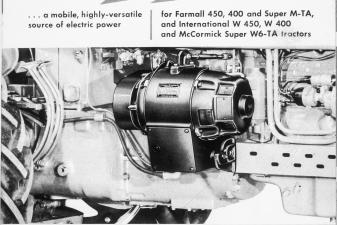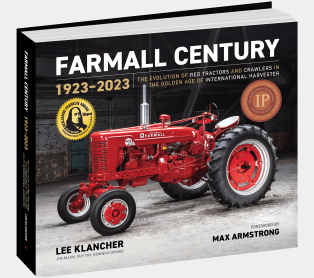Bert Benjamin: The Father of The Farmall

The 100th Anniversary of the revolutionary Farmall tractor is celebrated in Farmall Century: 1923–2023, the authoritative model-by-model history that traces the evolution and design of the most significant farm tractors of the 20th century. Award-winning author Lee Klancher chronicles how and why the Farmall tractor came to exist and how it evolved with his signature blend of compelling stories, engaging text, and spectacular images. In this excerpt, read about Bert Benjamin's influence on the development of the iconic Farmall—and on tractors as we know them!
Bert R. Benjamin grew up on a farm. Like so many farm kids, he started helping out at a young age—he recalls being eight years old when first put to work.
By the time Benjamin was twelve years old, the young Iowa farm boy could adjust the shares on a two-furrow sulky plow, set the tines on a spring-tooth harrow, and sharpen the knife on a mower. Born on December 17, 1870, in Newton, Iowa, the mechanically gifted lad soon became known throughout the district as one who could fix any broken farm machine.
By the time he was fourteen years old, he was doing a man’s day of work with the threshing crews, and he continued to work on the farm until he was twenty. He estimated he walked about ten thousand miles doing farm work.
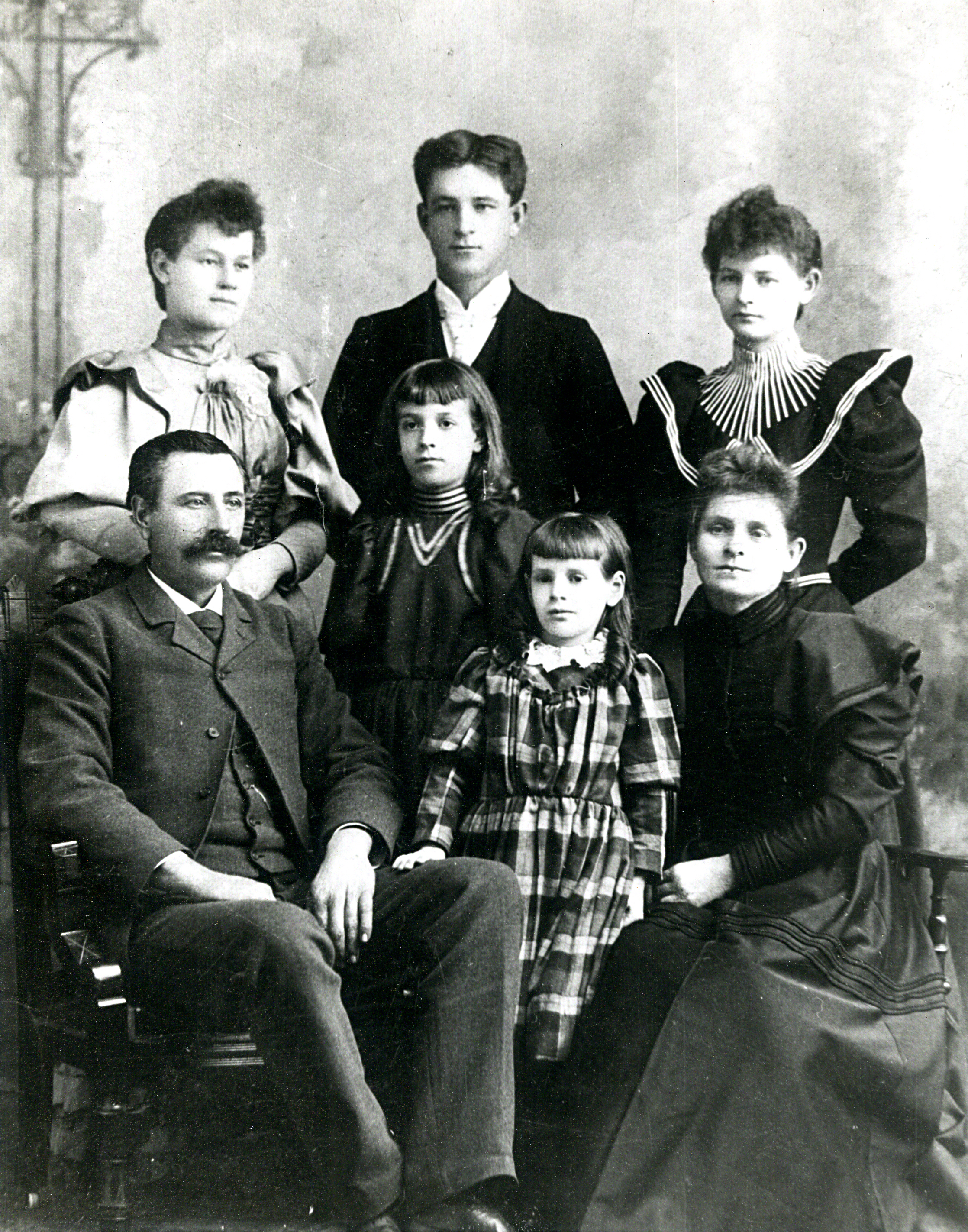
Credited as the father of the Farmall, Delbert “Bert” Rufus Benjamin came to McCormick in 1893 as a draftsman and ascended to become the superintendent of the experimental division at McCormick Works. Benjamin married his wife, Wilhelmina Louise Bergman Benjamin, on November 25, 1903. The Benjamin family came to America from England in the 1600s and were some of the first Europeans to settle in the United States. Bert Benjamin Archives
According to a E. C. Duffy, a member of the McCormick board of directors happened upon young Benjamin in the Iowa countryside as he was repairing a corn planter. After a few minutes of conversation, the executive was so impressed with the boy’s abilities as a mechanic full of practical and common sense ideas on the subject of agricultural machinery that he hired him on the spot to come to Chicago and work for the company.
The story is likely an embellishment at best, but it illustrates the lore that came to surround one of IH’s most prolific and high-profile engineers.
Benjamin graduated from Iowa State College at Ames (now known as Iowa State University) in 1893 with a Bachelor of Science in mechanical engineering. While in college, he spent his summers teaching in country schools in Jasper County, Iowa.
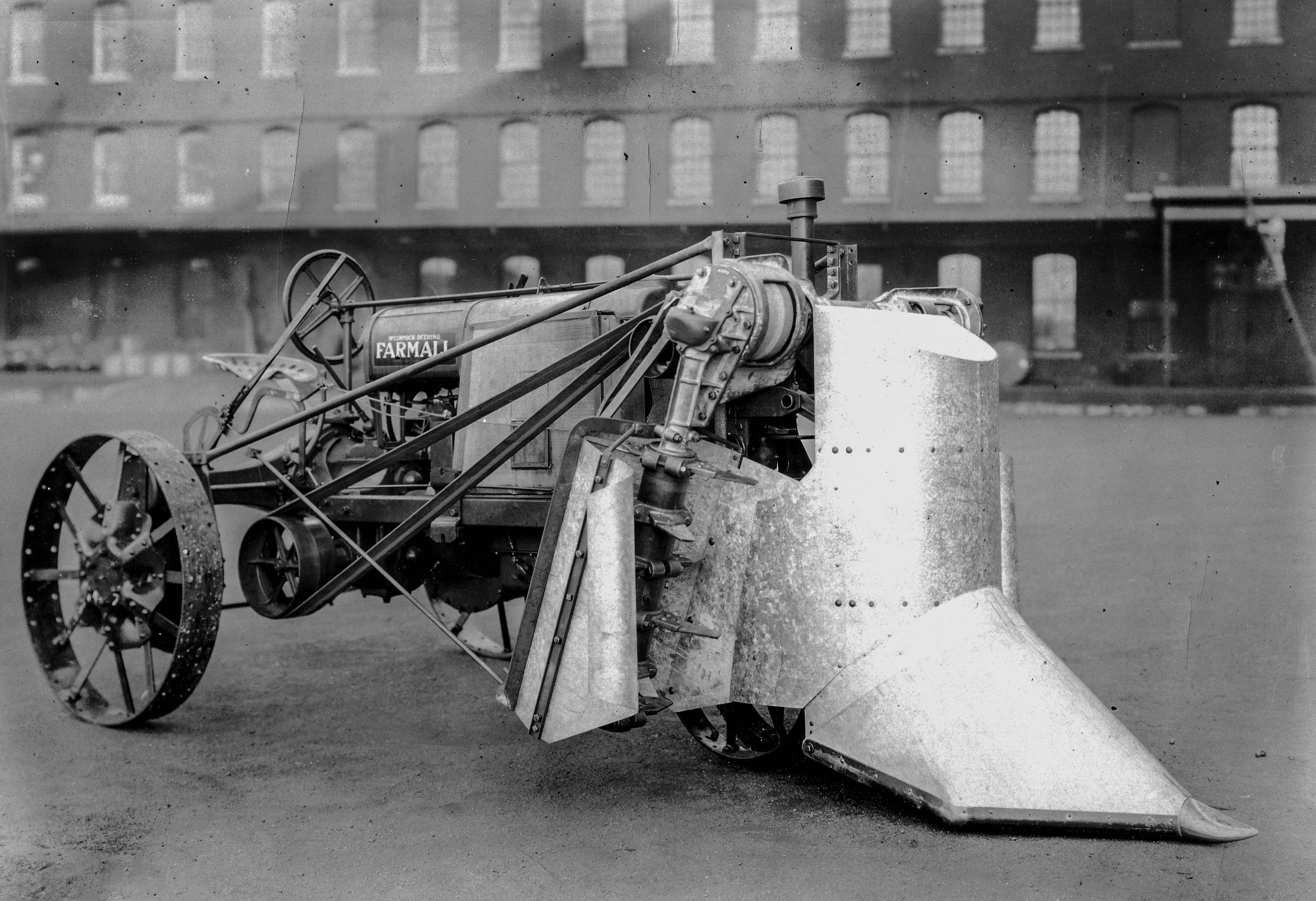
While the Farmall was the product of many people, much of the Farmall development was done under Benjamin’s watch, and he was an ardent proponent of the machine. Bert Benjamin Archives
However Benjamin was hired—and it’s possible the roadside story is at least partially true—his first job was as a draftsman in the McCormick Harvesting Machine Company’s experimental department. He advanced steadily throughout his tenure with that company and with IH after the merger, retiring in 1940 with more than 140 patents to his name. His patents include harvesting equipment as well as a wide variety of tractor advances ranging from shifting cultivator gangs and the drawbar to the seat spring and draft couplings. The power take-off developed at IH was his work, as was the improved McCormick twine knotter. Benjamin was made superintendent of the McCormick Works experimental department in 1910, and in 1922 was named as assistant chief engineer in charge of Farmall development for IH.
Benjamin may have had a hand in the other farm tractor success story of first part of the century as well. He was sent to the Ford plant to cooperate on work on the Fordson in 1917. A war board decision intended to increase production put him there.
Columnist Elmer Baker wrote about Benjamin in a 1959 issue of Implement and Tractor: “Then one man, not a committee, got an idea that a tractor that wouldn’t displace the horses and mules on a farm was only half of the answer to the farm tractor. So he started to work on units that would. . . cultivate. . . as well as doing the land locomotive work of other tractors.
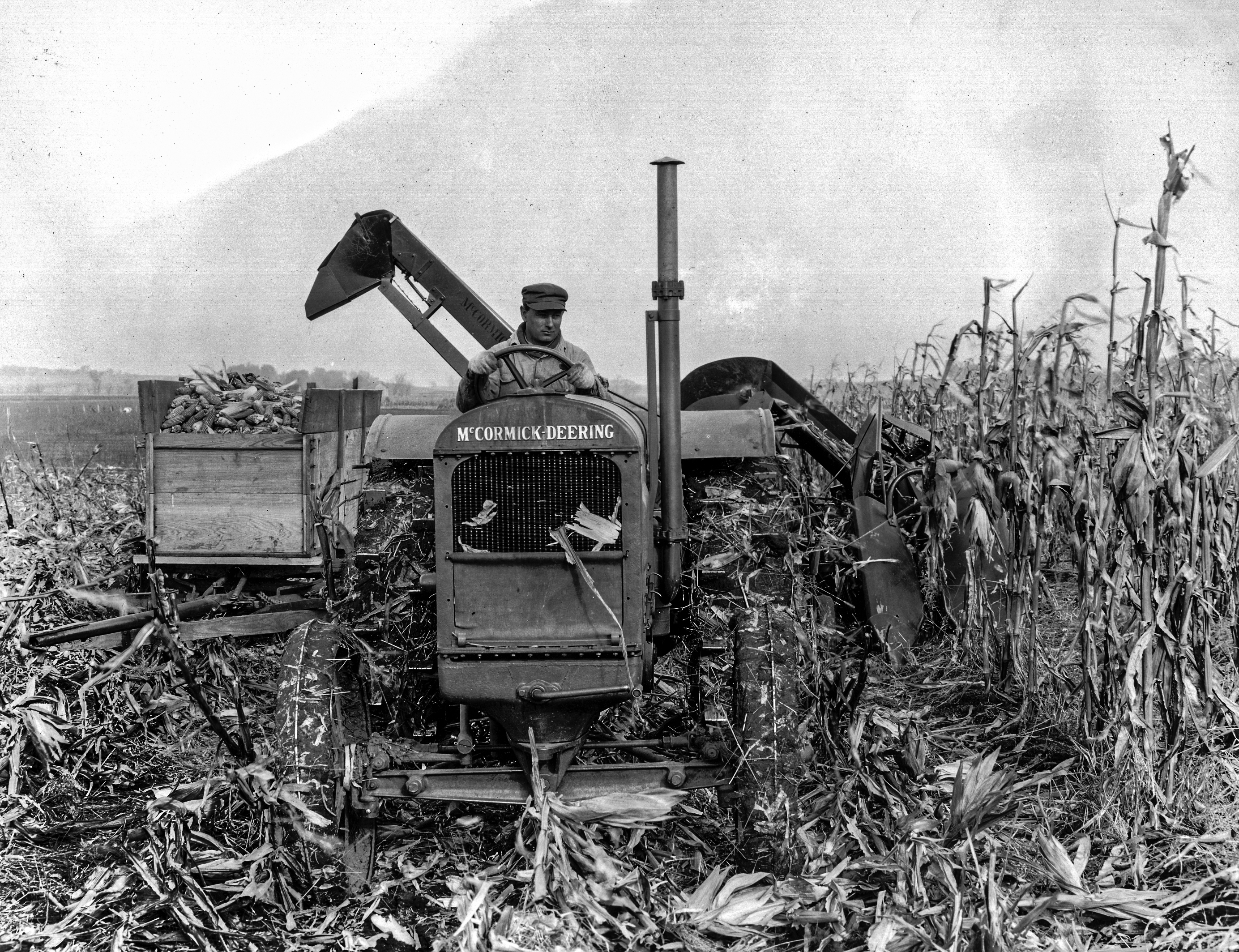
Benjamin is best known for his work on the Farmall, but his more than one hundred patents include dozens of innovations for harvesting and tillage equipment. Bert Benjamin Archives
“That man was Bert R. Benjamin, and he worked for the Harvester company experimental department. He may have had an office on the old seventh floor at 606 S. Michigan Ave., Chicago, but we always found him somewhere around that old shack close to McCormick Works next to the Illinois and Michigan Ship Canal.”
In 1937, Benjamin left the corporate offices and was assigned to research work, which he continued until his retirement in 1939. Benjamin was all engineer, as he remained in hands-on positions to the end of his career.
The American Society of Agricultural Engineers honored him with the 1943 Cyrus Hall McCormick gold medal. The medal is awarded to an agricultural engineer by the McCormick family. Benjamin was only the twelfth person to receive this award. In a move of supreme irony, the fourth person to receive the medal was Theopolis Brown of John Deere. Much like Benjamin, Brown was a prolific engineer. Brown also filed a significant patent for a power lift similar to the one on the early Farmalls. IH was forced to pay Deere for Brown’s power lift patent, and royalties were so significant that Brown kept detailed records of the earnings in his journal.
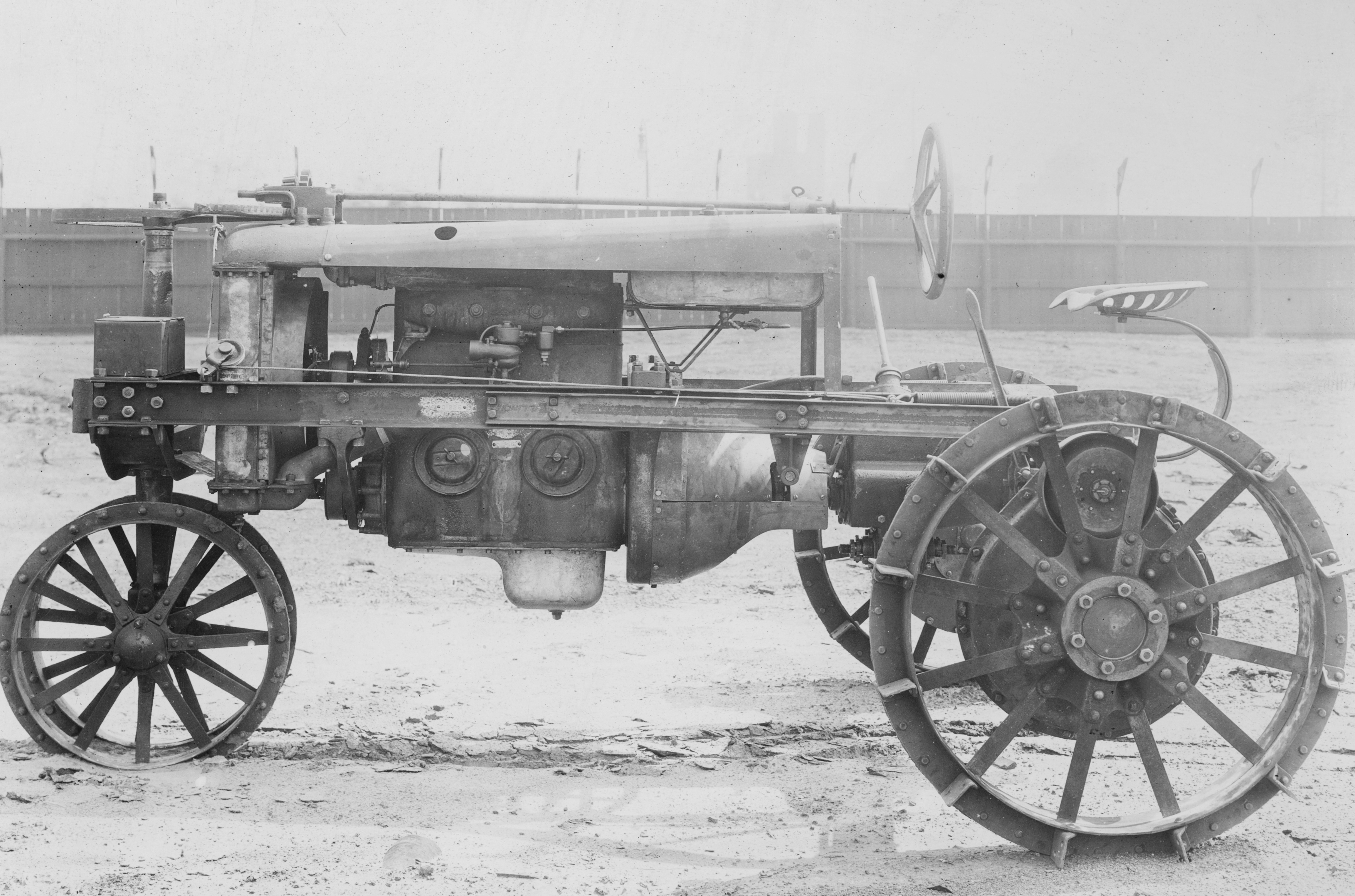
This radical redesign of the Farmall was sketched by Bert Benjamin in mid-1921, blending features of the early experimentals—particularly the ability to cultivate—in a clean, sleek design. Wisconsin Historical Society / 161235
The expensive patent issue led the IH team to refer to Brown as “The Awfulest Brown.” Giving him the Cyrus McCormick Medal shows that the family members awarding it had broad enough minds to look past the conflict and recognize Brown’s accomplishments, and perhaps had a sense of humor.
E. A. Johnston was the recipient a few years later—and he certainly is one of the other stand-out engineers in early IH history.
In 1968, Iowa State University’s College of Engineering awarded Benjamin the Professional Achievement Citation in Engineering.
Benjamin stayed spry and lively late in life. At ninety-three, he was still tackling new innovations, focusing his energy on researching how tire pressures related to improving automotive traction and safety, as well as regularly performing an exercise he had started when he was sixteen years old—whirling long-handled Native American clubs above his head. Benjamin died in October of 1969 at age ninety-nine.
For more stories like this one, check out the Related Content and Related Books linked below!


